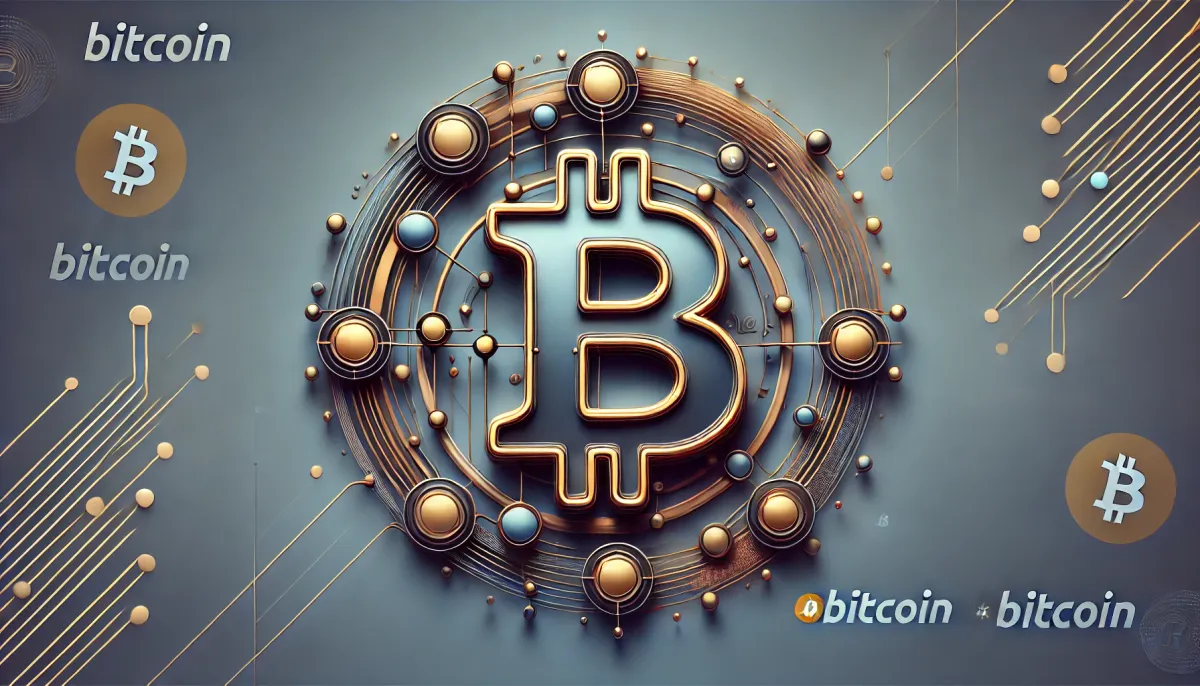Securing Bitcoin: Time Warp, Validation Costs, and Safe Upgrades
The July 29, 2024 episode of the Stephan Livera Podcast features Antoine Poinsot explaining inheritance tooling, the Great Consensus Cleanup, and recent Bitcoin Core disclosures.

- My 'briefing notes' summarize the content of podcast episodes; they do not reflect my own views.
- They contain (1) a summary of podcast content, (2) potential information gaps, and (3) some speculative views on wider Bitcoin implications.
- Pay attention to broadcast dates (I often summarize older episodes)
- Some episodes I summarize may be sponsored: don't trust, verify, if the information you are looking for is to be used for decision-making.
Summary
The July 29, 2024 episode of the Stephan Livera Podcast features Antoine Poinsot explaining inheritance tooling, the Great Consensus Cleanup, and recent Bitcoin Core disclosures. Poinsot details how timestamp manipulation and adversarial block composition threaten network stability and node accessibility. The episode underscores disciplined soft-fork design, transparent vulnerability policy, and consistent user upgrades.
Take-Home Messages
- Time-locked inheritance: On-chain enforcement works today but requires periodic refresh to prevent unintended activation.
- Time Warp risk: Timestamp manipulation can rapidly drop difficulty and destabilize block cadence if colluding miners act.
- Validation cost attacks: Pathological scripts can stall modest hardware; capping worst-case costs preserves decentralization.
- Non-confiscation constraint: Soft-fork fixes must not strand coins or retroactively invalidate good-faith uses.
- Upgrade discipline: Staying on supported Bitcoin Core releases aligns users with security fixes and disclosure timelines.
Overview
Antoine Poinsot outlines inheritance-focused self-custody that uses an anytime spend key and a delayed recovery path. Users must periodically refresh outputs to keep the delayed key inactive, trading convenience for protocol-level guarantees. The design targets holders who want on-chain enforcement over trust in third parties.
He then frames the Great Consensus Cleanup as a soft-fork package that hardens consensus rules. The centerpiece is the Time Warp bug, where miners can bias timestamps at retarget boundaries to pull difficulty down quickly. Poinsot argues this reshapes 51% risk by enabling accelerated block rates and network instability.
A second vector is block validation cost, where crafted scripts impose heavy verification time on peers. This threatens node accessibility on modest hardware and creates asymmetric advantages for attacking miners. Poinsot favors simple, auditable mitigations that cap worst-case cost without breaking good-faith history.
Finally, he stresses standardized disclosure for Bitcoin Core vulnerabilities and the need to stay current. Publishing historical issues improves learning and sets expectations for responsible upgrades. Poinsot treats non-confiscation as a hard norm, influencing fix design and rollout.
Stakeholder Perspectives
- Node operators: Keep validation affordable and resilient on commodity hardware.
- Miners and pools: Avoid tactics that distort competition or trigger unstable block cadence.
- Wallet developers: Ship clear UX for inheritance refresh and guardrails for time-lock errors.
- Protocol and Core maintainers: Design minimal soft-fork rules that harden consensus without confiscation.
- Layer 2 providers: Stress-test Lightning and contract timing against accelerated-block scenarios.
Implications and Future Outlook
Fixing Time Warp reduces incentives for collusion to accelerate block cadence and destabilize contracts. Bounding worst-case validation time keeps full nodes viable on consumer hardware, sustaining decentralization. Together, these moves preserve predictable settlement for users and services that depend on steady timing.
Process matters: predictable disclosure windows and clear support lifecycles raise baseline security without drama. Wallet UX that automates or reminds periodic refresh will lower operational risk for inheritance until covenant-style tools mature. Expect incremental, testable proposals with explicit non-confiscation proofs to garner the broadest consent.
Over time, the balance between technical rigor and political consensus will determine upgrade velocity. Security-driven changes that minimize disruption can set a model for future governance. As miners, node operators, and developers align, adoption of consensus hardening may provide a template for handling other latent risks.
Some Key Information Gaps
- What safeguards can prevent large mining pools from exploiting Time Warp? Prioritizing protocol and monitoring measures addresses a vulnerability with systemic impact on consensus stability.
- How would accelerated block rates affect Lightning and other time-sensitive contracts? Quantifying failure modes guides mitigations for widely used protocols that depend on predictable timing.
- What technical methods most effectively prevent high-cost validation transactions? Establishing caps and detection improves node accessibility and preserves open participation.
- What soft-fork strategies fully eliminate confiscation risk for edge-case users? Demonstrable protections sustain legitimacy and minimize political contention around upgrades.
- How can users be persuaded to regularly update Bitcoin Core nodes? Effective outreach and tooling reduce avoidable exposure created by lagging versions.
Broader Implications for Bitcoin
Protocol Risk Governance as a Public Good
Consensus hardening and disclosure policies produce non-excludable benefits that markets may under-provide. Treating protocol security as a public good justifies stronger funding, review, and audit pathways beyond ad hoc volunteerism. Institutional support for threat modeling and red-team exercises can reduce tail risk without centralizing control.
Miner Concentration and Competition Policy
Time Warp incentives intersect with mining concentration and fee markets, raising competition concerns. Transparent monitoring and pool-level governance norms can deter collusion while remaining compatible with permissionless entry. Jurisdictions may revisit antitrust and transparency expectations as mining industrializes.
Layer 2 Fragility Under Timing Shocks
Lightning and covenant-like contracts assume bounded block intervals and reliable timelocks. Accelerated cadences or timestamp anomalies propagate into liquidity management, routing reliability, and penalty safety. Providers will need contingency tooling, adaptive timeouts, and circuit breakers to keep services robust.
Dependency Hygiene in Critical Infrastructure
Past vulnerabilities tied to third-party libraries show how upstream code can imperil core systems. Over the medium term, stricter dependency budgets, reproducible builds, and in-house replacements for critical primitives will become baseline. This improves supply-chain resilience across finance, energy, and public-sector uses of Bitcoin.
Estate Planning and Legal Integration
On-chain inheritance mechanisms shift estate workflows toward cryptographic enforcement. Legal standards, fiduciary duties, and probate procedures must adapt to time-locked control and refresh requirements. Coordinated guidance can reduce execution risk for families and advisors while preserving self-custody.



Comments ()